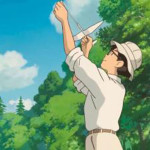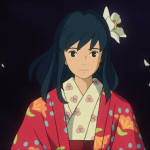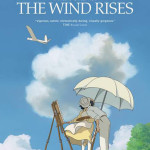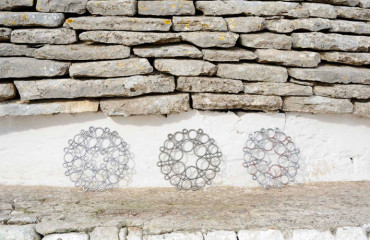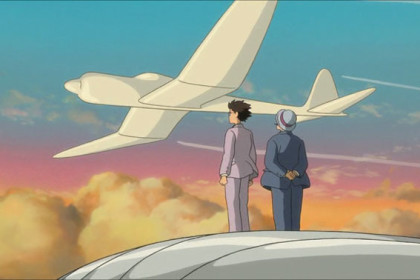
“The wind rises, we must try to live.” Framed by these emblematic verse, borrowed from Marino Cemetery by Paul Valéry, the latest film by Hayao Miyazaki is not only the last of his works in chronological terms, but his artistic testament, a prelude to a withdrawal from the scene that will leave a void not only in the international animation but in the world of art as a whole. Inspired by the story of Jiro Horikoshi, the aeronautical engineer who pursued the supreme ideal of beauty in flight, in the bold harmony of technology and forms that gave rise to Mitzubishi A5M aircraft. This work is a deep and delicate fresco, full of quotations and deep symbolic references, in the background of a Japan splitted between dream, vision and tragic historical reality, transfigured into a poignant novel of formation.
A symphony of colors, sounds, images and feelings follows step by step the growth of young Jiro and that one of a country still suspended between tradition and the imperatives of a progress increasingly bowed to economic laws, the need to transform the dream of a child in an instrument of war superiority and destruction. A desperate hymn to life, his unpredictable and controversial plots, and with a breath of wind may decide to support your flight and a moment later rush to the ground. Moreover, it is the wind, the director of the occult events broadcasted: invisible character yet ever-present, that shakes the barley in the dreamlike views of Jiro, testifies his success in business and accompanies to him his beloved Nahoko surrounding her of peach flower on the night of their marriage.
The wind that becomes a messenger of death, the end of a life as well as of thousands, while in the whirlwind of wonderful white color alternations triumphs in its dual and ambivalent nature, between his being a symbol of purity and innocence, typical of Western culture, and the value far more gloomy and mournful conferred by Asian cultures. On the emaciated faces of a sick person, on the snow surrounding the sanatorium in which they seek peace, on the curled up nacelles of aircrafts shot down but also parasol dancing in the wind, drawing closer in adulthood Nahoko and Jiro, white takes on from time to time a thousand shades of meaning. Noting like that the depth of Miyazaki, close its investigation in this color to Kubrick’s genius more than we can imagine (especially if you think about the role played by its white color in films such as a Clockwork Orange and Barry Lyndon).
A film with a rare depth, that in the character of Hans Castorp, German “exile” in open conflict with both Nazi regime and with Japanese military policies, refers to the eponymous protagonist of The Magic Mountain by Thomas Mann, building once again a bridge between East and West, and reflecting (perhaps) about the significance of the mountain as a universal archetype of the sacred. A fascinating and moving story, as indeed it is life, that Jiro often faces in light-colored clothing, white as the snow.
più di quanto possiamo immaginare (specie se si pensa al ruolo avuto proprio dal colore bianco in film come Arancia Meccanica e Barry Lyndon).
Un film dotato di una profondità rara, che nel personaggio di Hans Castorp, “esule” tedesco in aperto conflitto sia con il regime nazista sia con le politiche militari giapponesi, rimanda all’omonimo protagonista de La Montagna Incantata di Thomas Mann, costruendo ancora una volta un ponte fra occidente e oriente, e riflettendo (forse) sul significato della montagna come archetipo universale del sacro. Una storia appassionante e commovente, come del resto lo è la vita, che Jiro spesso affronta in abiti chiari, candidi come la neve.
 English
English  Italiano
Italiano 

